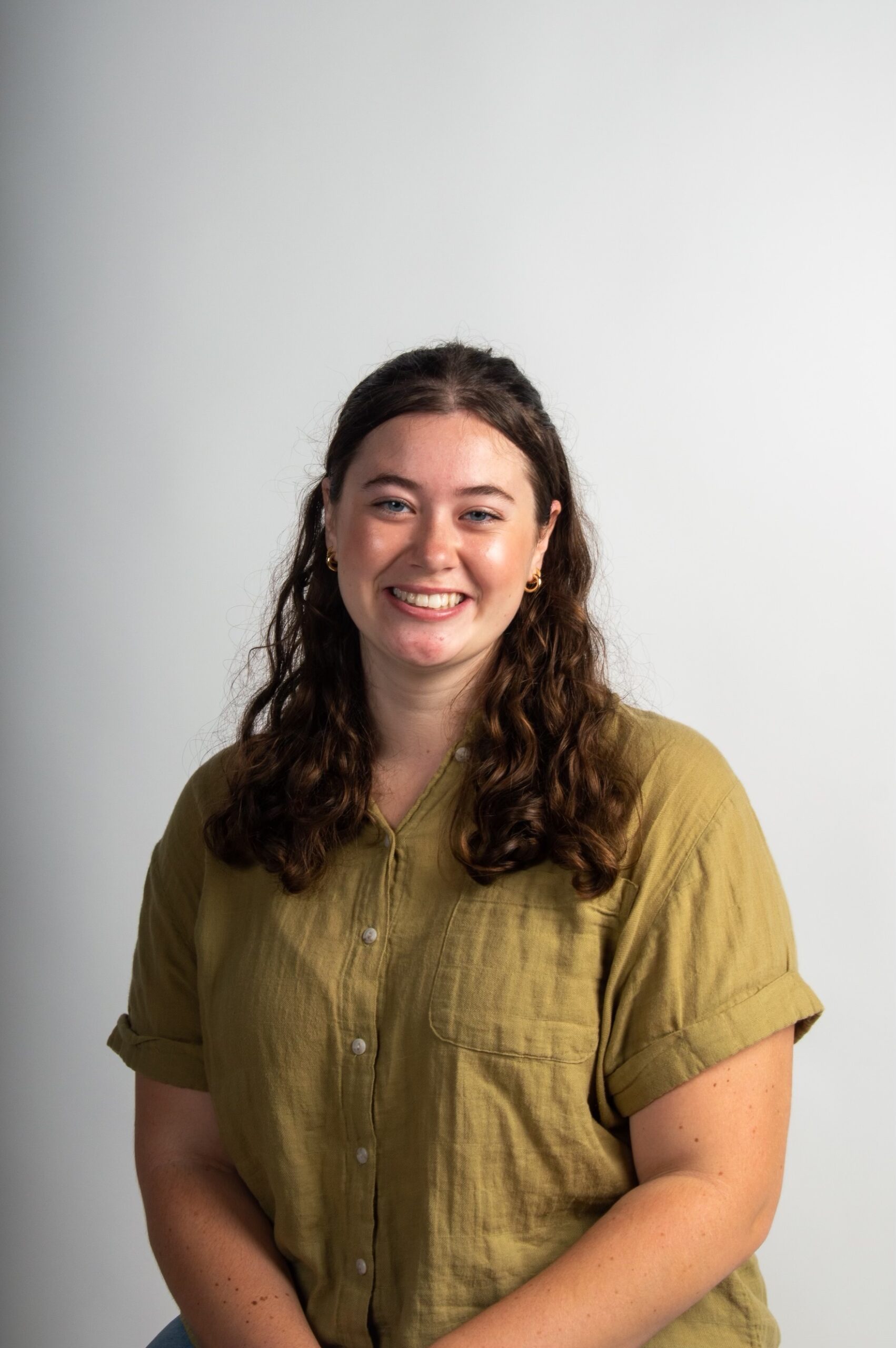Bordering the White River and Nonie Werbe Krauss Nature Preserve lies Riverside Intermediate School. Students at Riverside are given many opportunities to utilize their natural outdoor surroundings as a giant nature lab — although this was not always a reality. During the COVID-19 pandemic, Riverside’s Teacher Librarian John Hochstetler and Assistant Principal Brent Farrell got together to address the fact that they have a large, beautiful outdoor education lab in the school’s backyard.
“We just started coming up with ideas and documenting them on my whiteboard,” said Hochstetler. “We organized it by what the topics were and then the concepts behind them, and within that, who would our community partners be.”
Hochstetler and Farrell proceeded to identify and develop three pillars that would guide the school’s future experiences and activities.
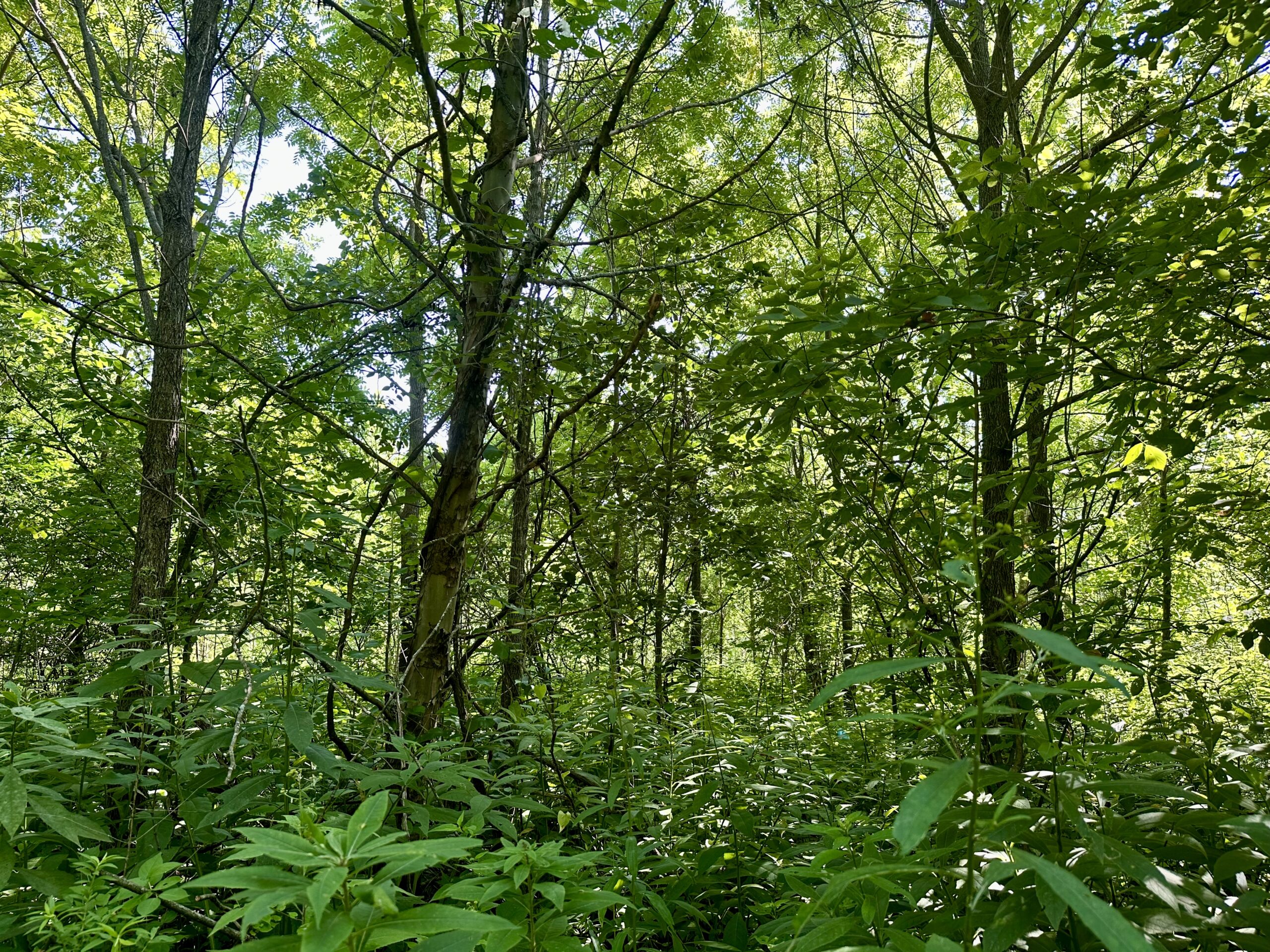
Farrell explained that the school had a pre-existing goats and chickens initiative which aligned perfectly with their first pillar: agriculture. Today, Riverside has goats, chickens, and even beehives. Students are given opportunities to tend to and learn about these animals as part of this initiative.
“A lot of the latest research in STEM is finding connections between agriculture, natural resources and STEM in education,” said Farrell. “So we thought that (agriculture) would be a natural fit.”
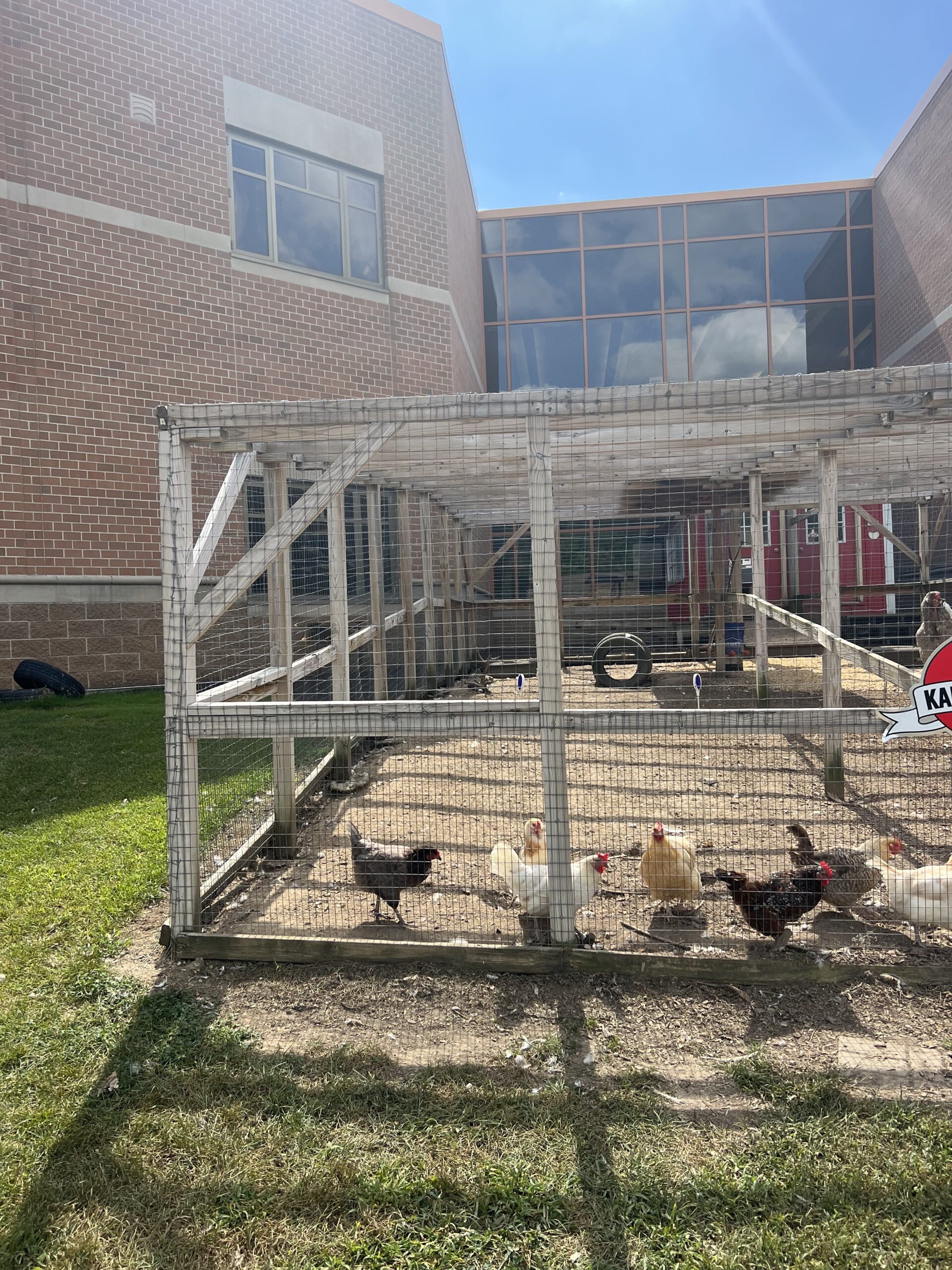

Riverside’s second pillar is engineering — a topic that both Hochstetler and Farrell find to be extremely relevant. The school utilizes locations such as Fishers Maker Playground to implement hands-on learning in the engineering field.
“The state standards mirror the Next Generation Science Standards, and one component of that is trying to get kids to think and act like scientists and engineers,” said Farrell.
The third and final pillar is environment, which came naturally due to their location next to the Nonie Werbe Krauss Nature Preserve and White River.
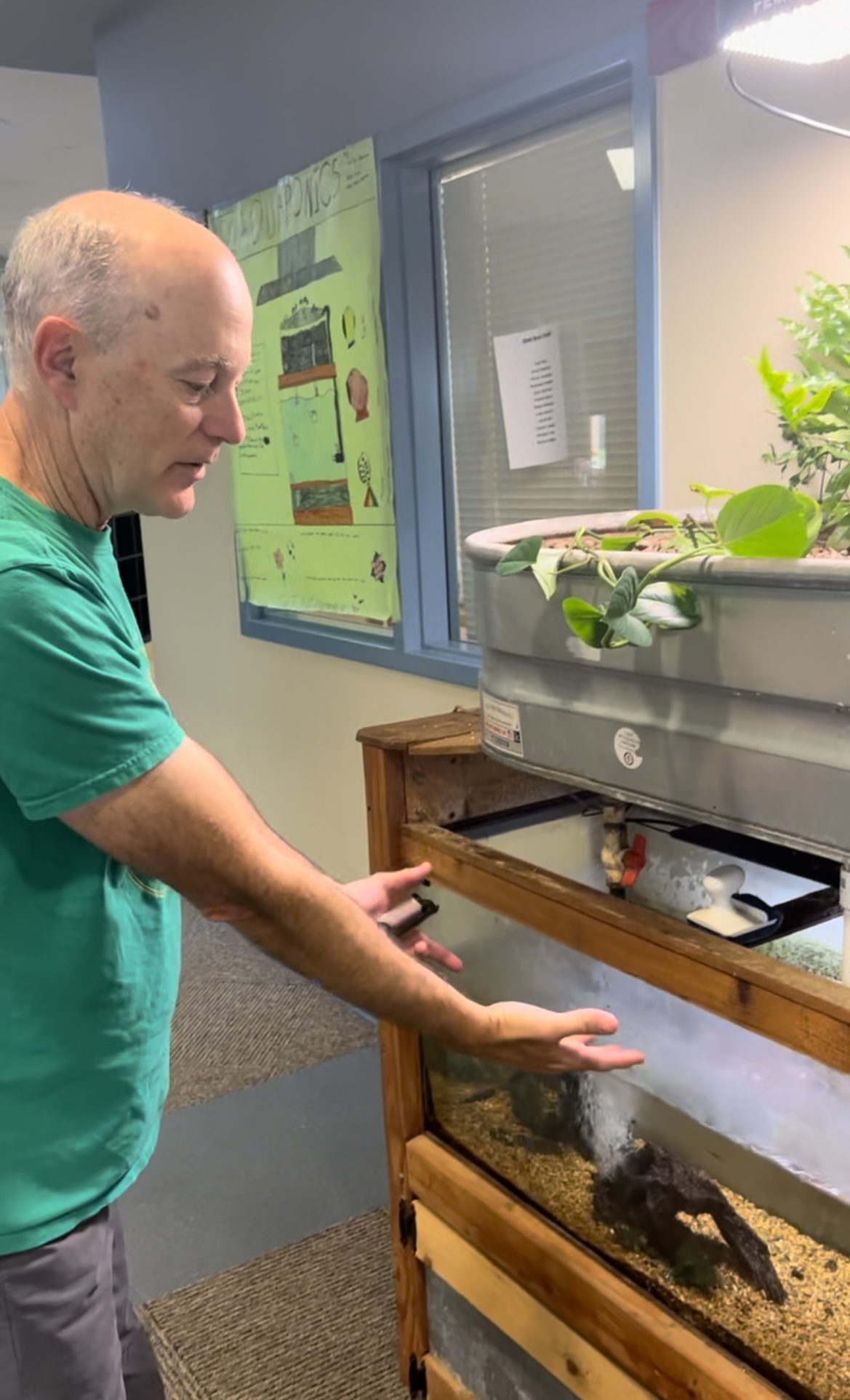
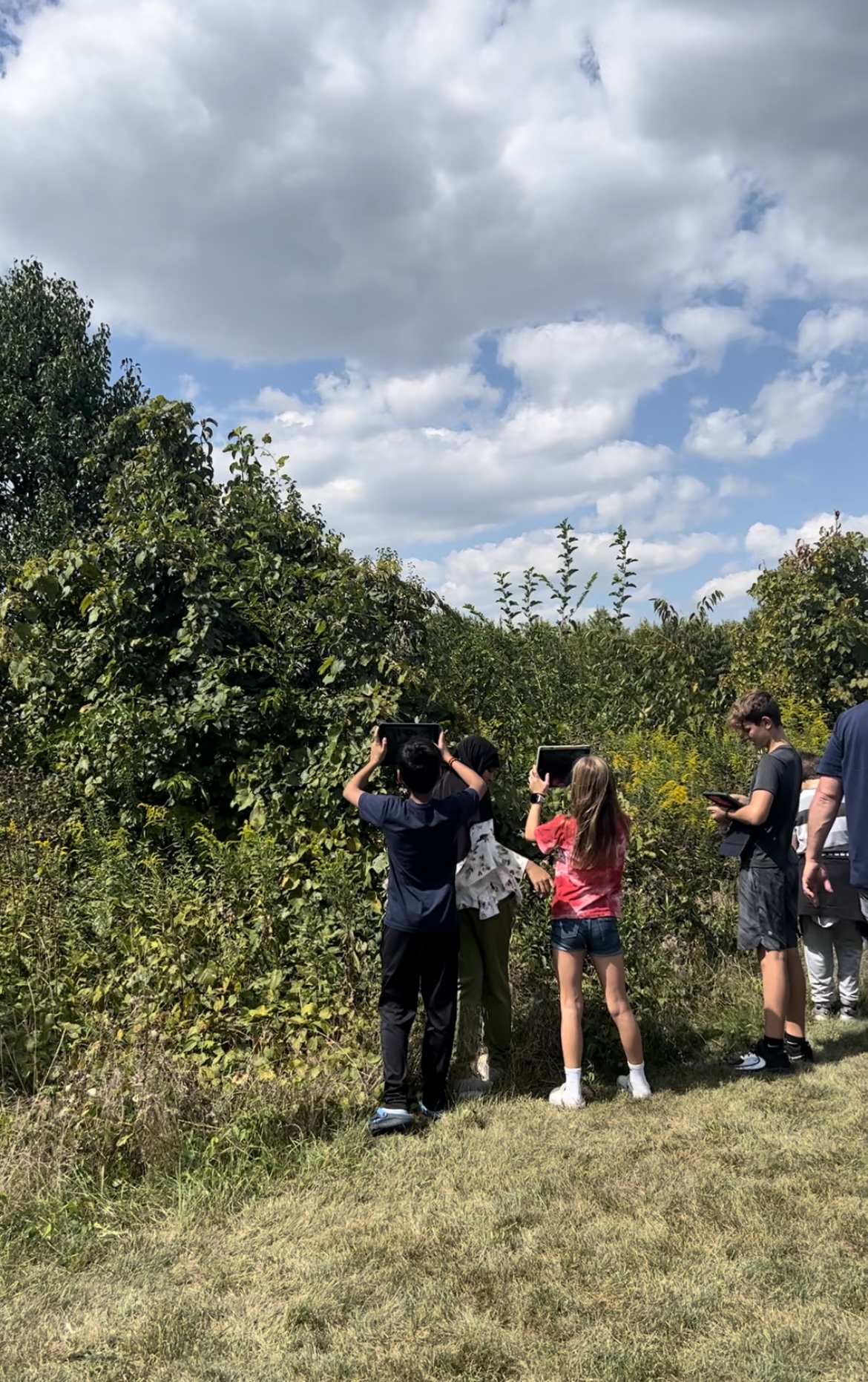
Students at Riverside are able to enter the school’s backyard prairie and neighboring nature preserve to learn more about the various species that live there and how they can care for and help maintain these ecosystems.
Through the establishment of each of these pillars, Hochstetler and Farrell have strived to implement place-based and hands-on learning opportunities.
“It’s relevant learning,” said Hochstetler. “It takes it from theoretical, where the kids have to kind of imagine how to apply it to real world. So they’re out there, and they’re seeing. We talk about invasive species, here they are, here’s why it’s a problem. You can actually see it, it’s more of a tangible item, and then they walk away, recognizing that it’s a problem.”
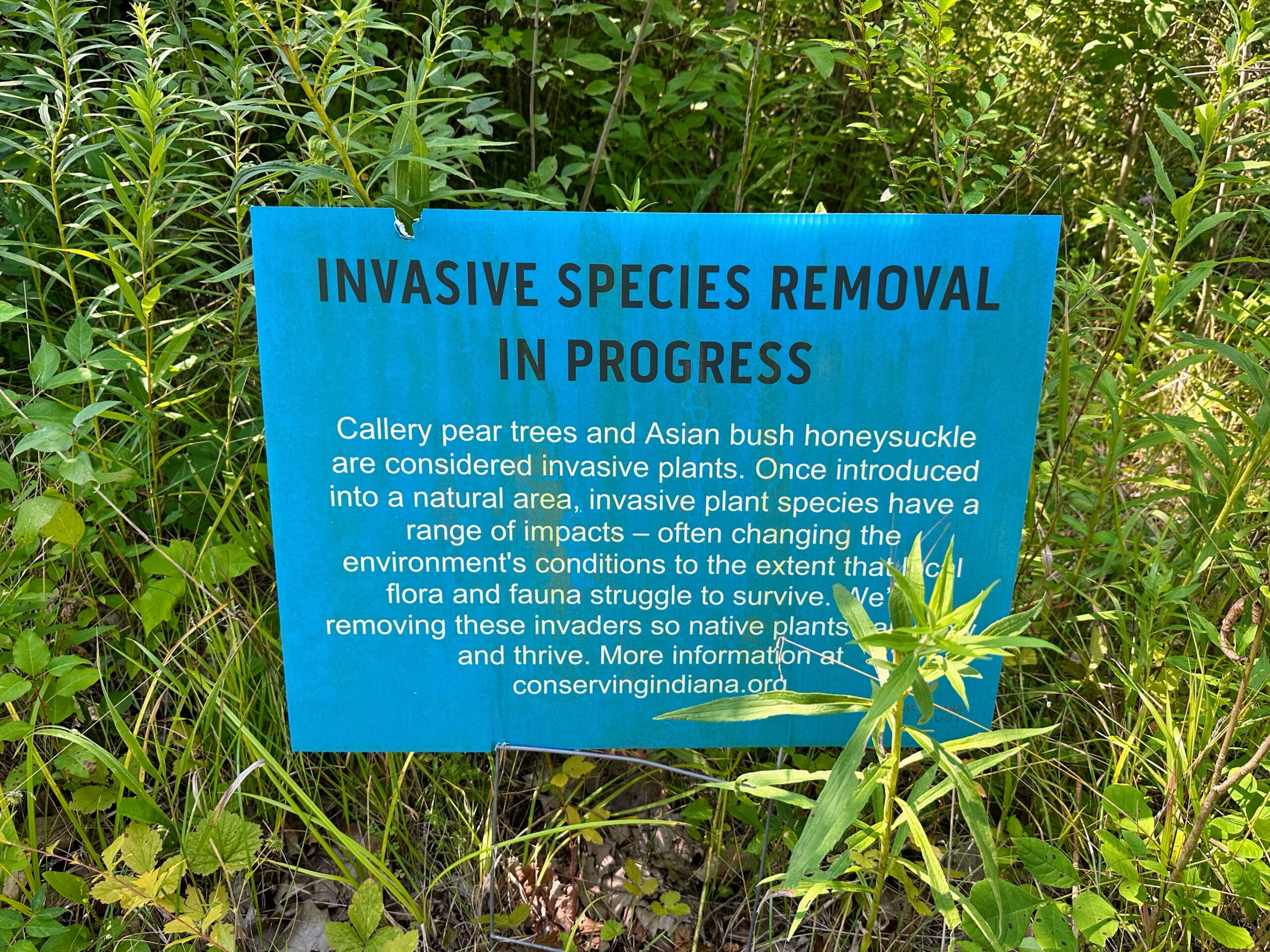
Hochstetler and Farrell have enjoyed watching teachers and students interact with these new STEM-based classes and initiatives.
“Once kids and teachers get trained and they get into the different programs that they buy in, they really own it,” said Farrell. “I think it’s turning into our culture versus just random things we do that are cool.”
This new sense of culture is something that Hochstetler feels grateful to the Nonie Werbe Krauss Nature Preserve for igniting. Riverside and the nature preserve, which is owned by the Central Indiana Land Trust, are able to mutually benefit one another as they care for and manage their bordering land plots.
“It’s just been a great partnership to kind of lay the groundwork for us and model for every other partnership that we have,” said Hochstetler.
Hochstetler and Farrell are excited to continue implementing opportunities within the pillars of agriculture, engineering, and environment and expand on this concept of place-based, relevant learning to improve the educational experiences of Riverside’s students.
Marissa Muljat is a Public Relations and Community Engagement intern for the City of Fishers. She grew up on the West Coast in Lynden, Washington, and is currently a senior at Taylor University in Upland, Indiana. Marissa is double majoring in multimedia journalism and public relations and is heavily involved in Taylor’s student newspaper, The Echo. Outside of her internship, you can find Marissa baking with friends, going for a walk, or exploring new coffee shops. She loves the excitement and liveliness that Fishers has to offer and has enjoyed getting to know the city in deeper ways!

